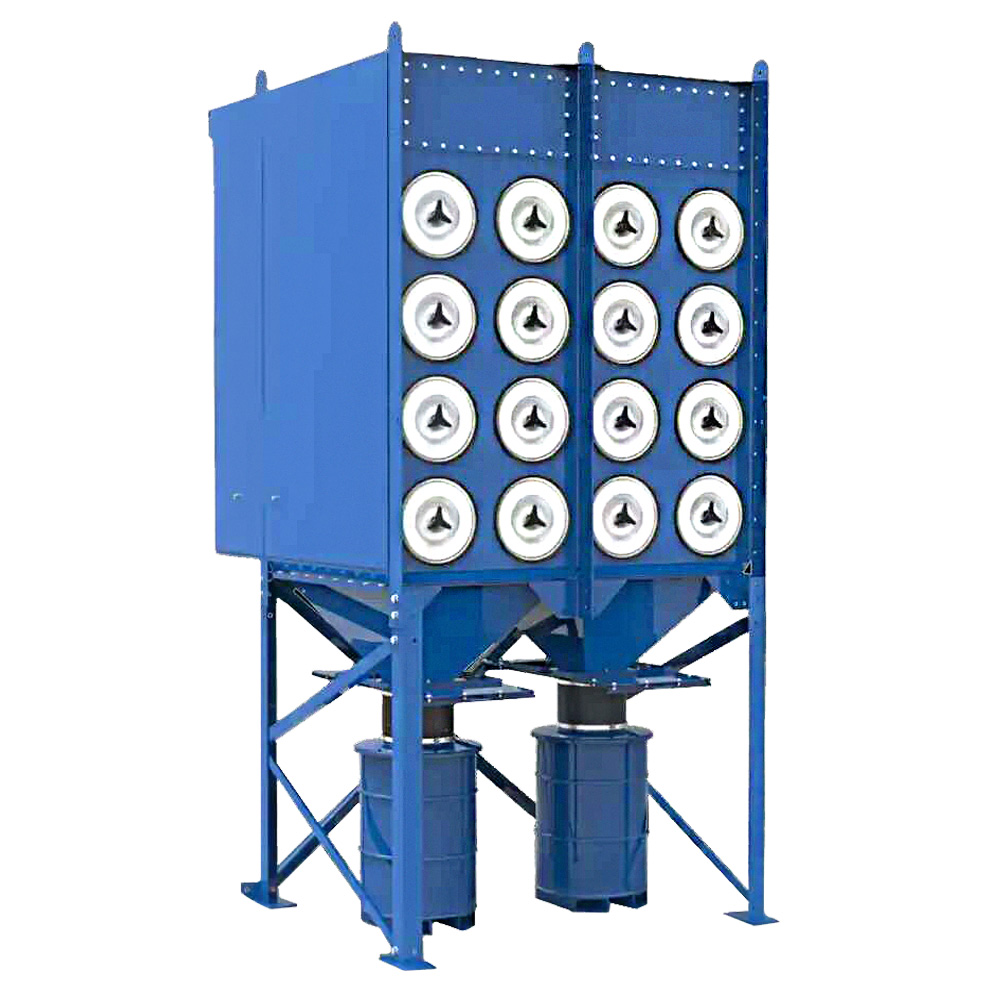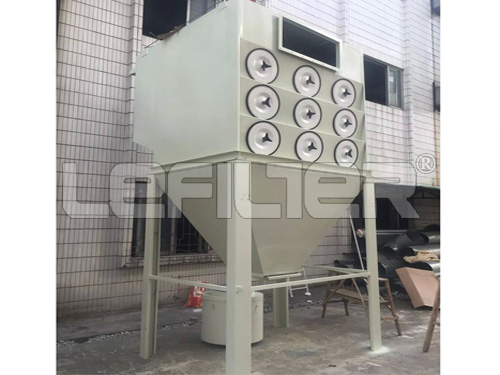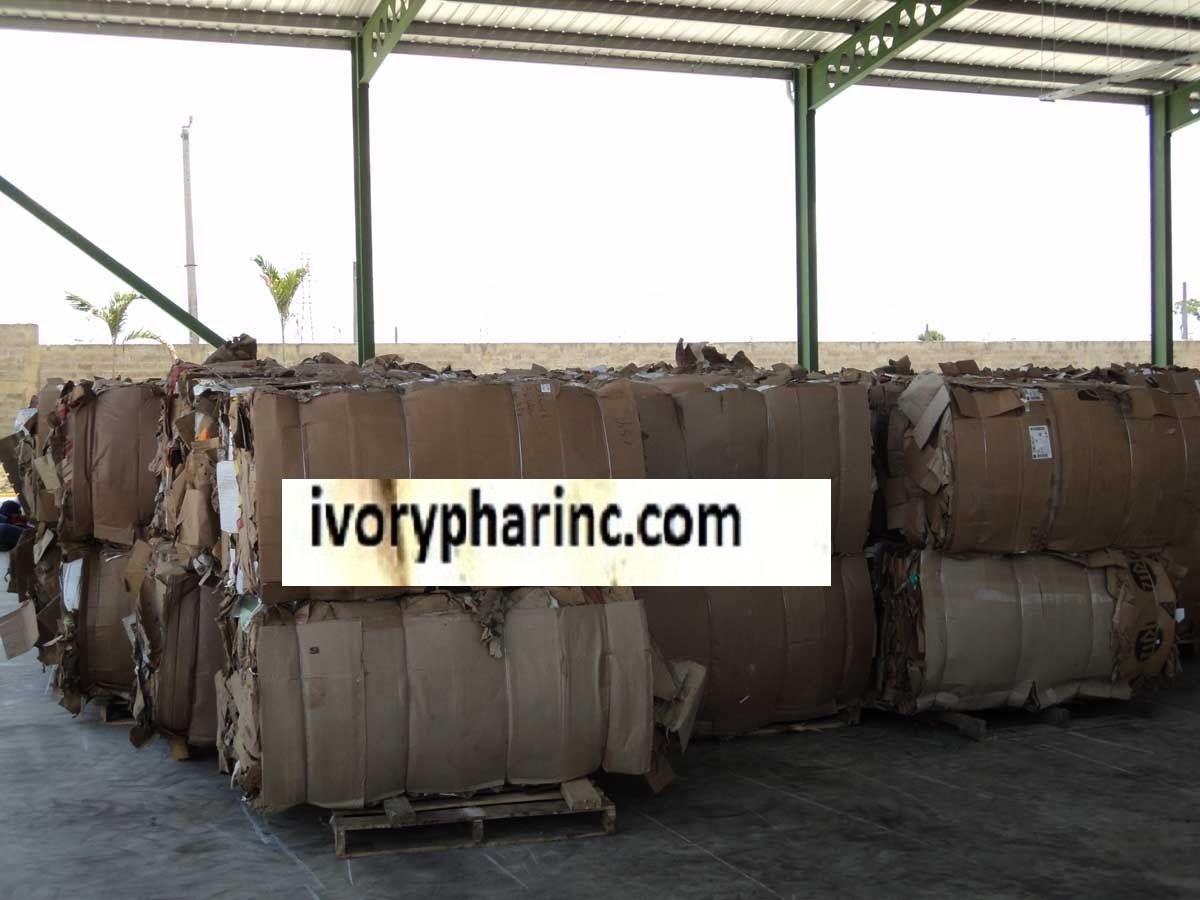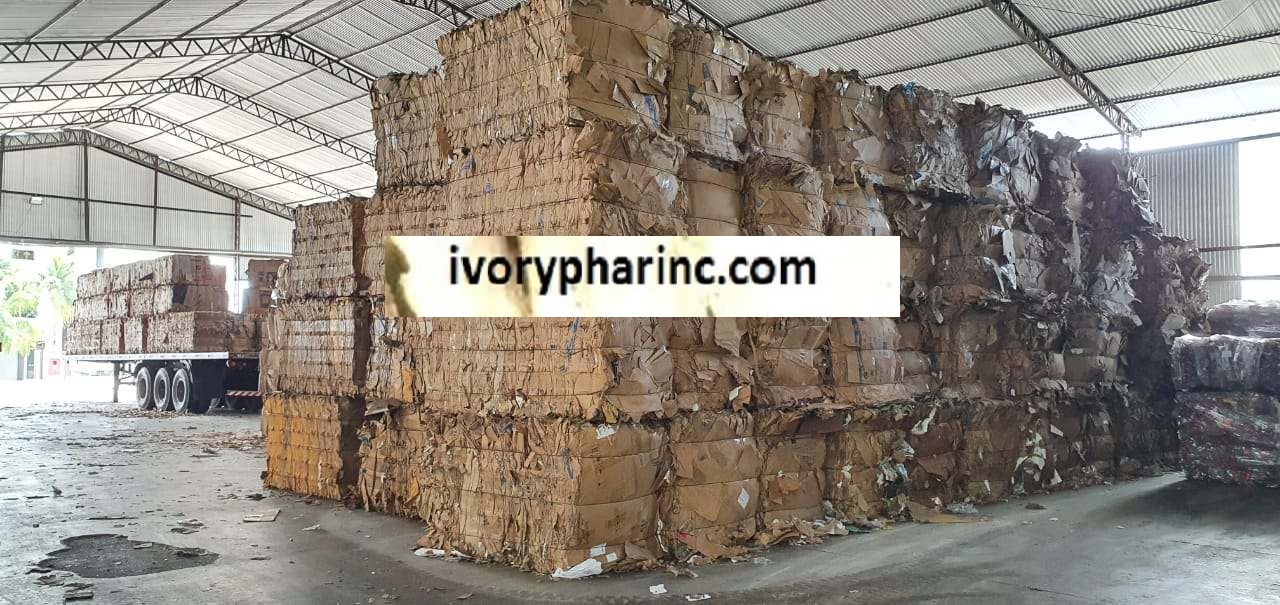0 Tons Waste Tyre Pyrolysis Recycling Machine To Oil
Working principle:
First, the raw materials are put into the reactor, and then seal the feeding in door, later start the machine and the reactor will be rotating and heated by coal, natural gas, wood or electricity. When the temperature reaches the degree of 250 to 280, we will get the crude oil, the oil steam will be continuous produced until the temperature reaches 350-460°C; oil steam will flow through oil gas separator, light component will enter the condensers and meanwhile the heavy oil will be discharged automatically into in heavy oil tank. The liquefied part will be condensed as crude oil, and the part which cannot be liquefied will be transferred by the water seal back to the burning chamber to be reused as heating material.
If you need, please feel free to contact: Miss. Livia
E-mail: />Whatsapp / / />Tel: 86 , />Company: Xinxiang Lifeierte Filter Corp., LTD
Web in English: / Web in Thai: th.le-filter.com
Add: No. 9 Hongli Road, Muye District, Xinxiang City, Henan Province, China.
Отправить запрос, связаться с поставщиком
Другие товары поставщика
| Industrial portable Air filter cartridge type dust collector | Features: 1, high dust removal efficiency. Can filter fine dust, general filter cartridge filter accuracy of 5 ~ 7 microns, filtration efficiency ... | |
| long bag dust collector for heavy industries dust removal machine with PLC control | Introduction: Long bag off-line pulse dust remover is mainly composed of upper tank, middle tank, ash hopper, air inlet flow pipe, bracket, filter... | |
| long filter bag dust collector | Introduction: Long bag off-line pulse dust remover is mainly composed of upper tank, middle tank, ash hopper, air inlet flow pipe, bracket, filter... | |
| Pulse filter cartridge type industrial dust collector | Features: 1, high dust removal efficiency. Can filter fine dust, general filter cartridge filter accuracy of 5 ~ 7 microns, filtration efficiency ... | |
| Supply Filter Cartridge Type Dust Collector | Features: 1, high dust removal efficiency. Can filter fine dust, general filter cartridge filter accuracy of 5 ~ 7 microns, filtration efficiency ... |





















